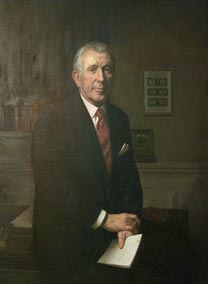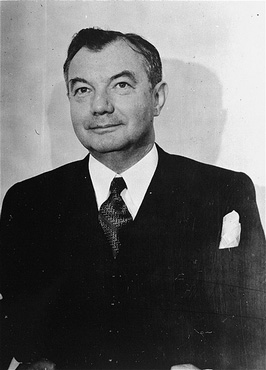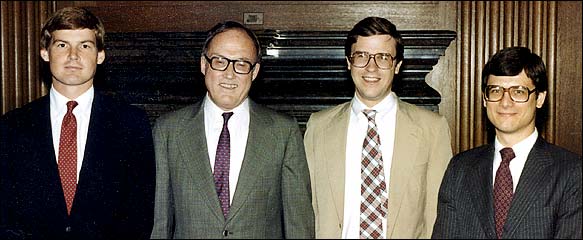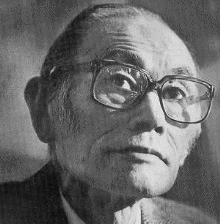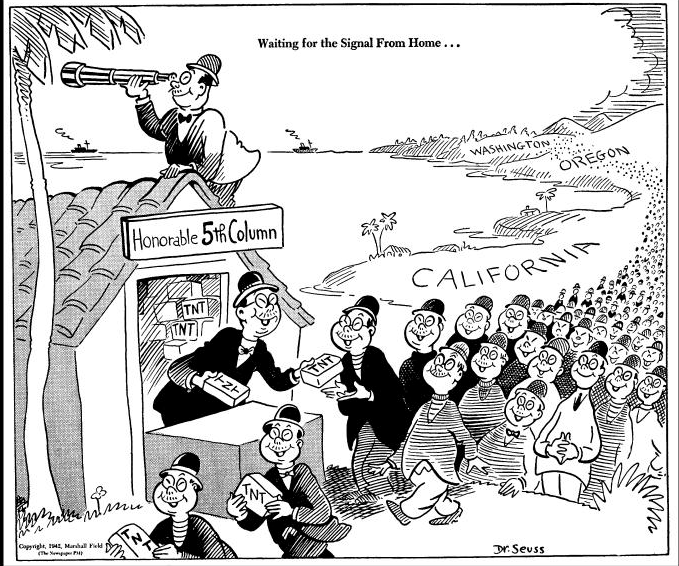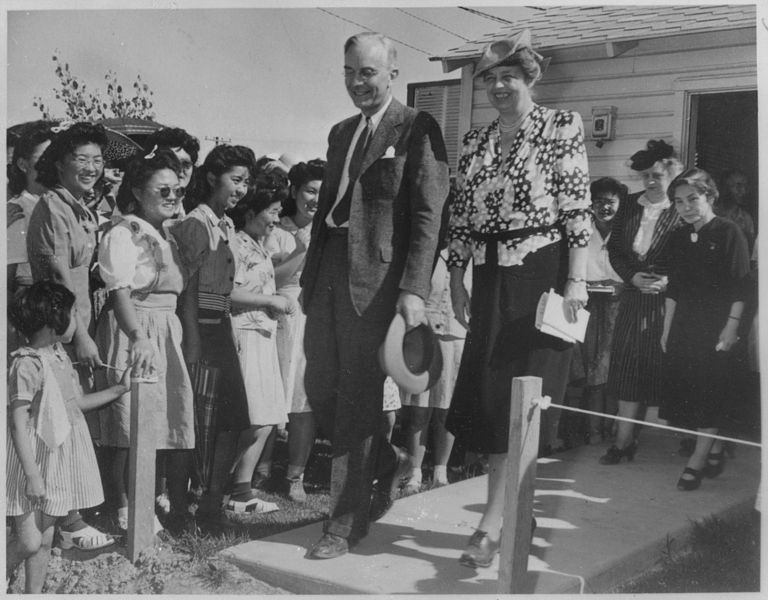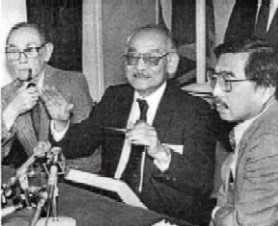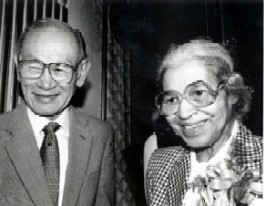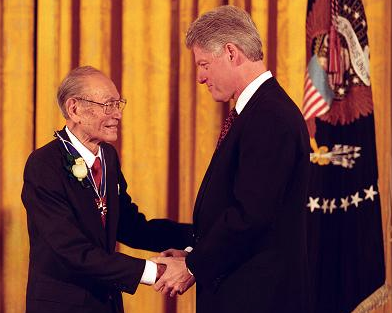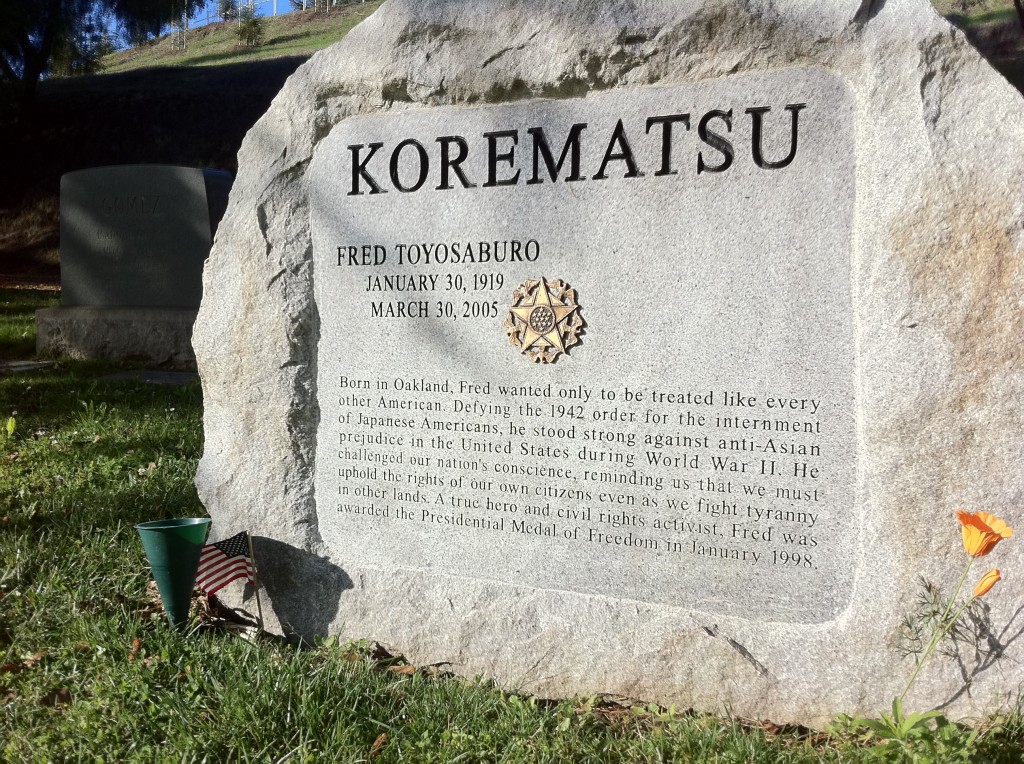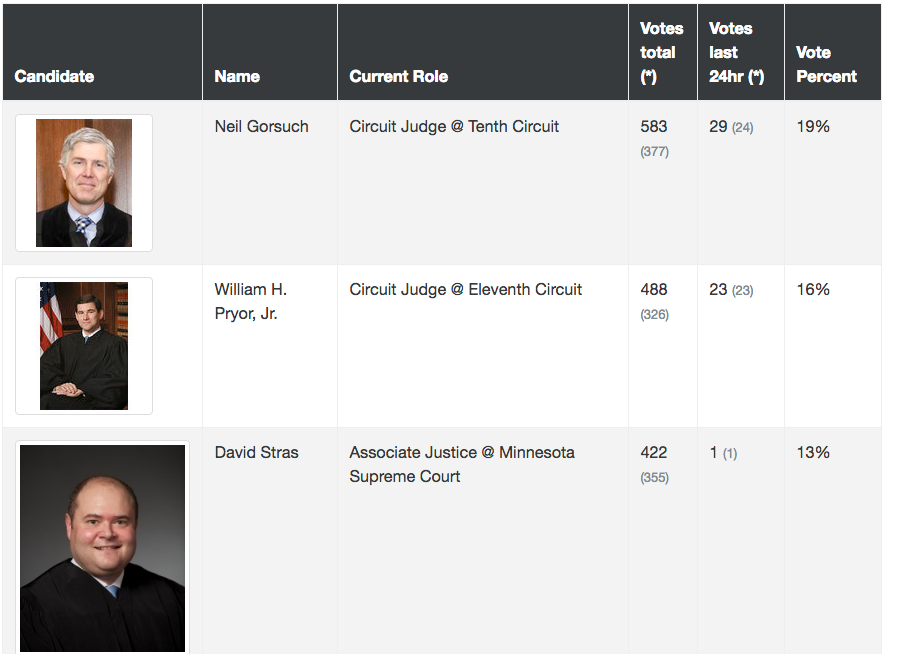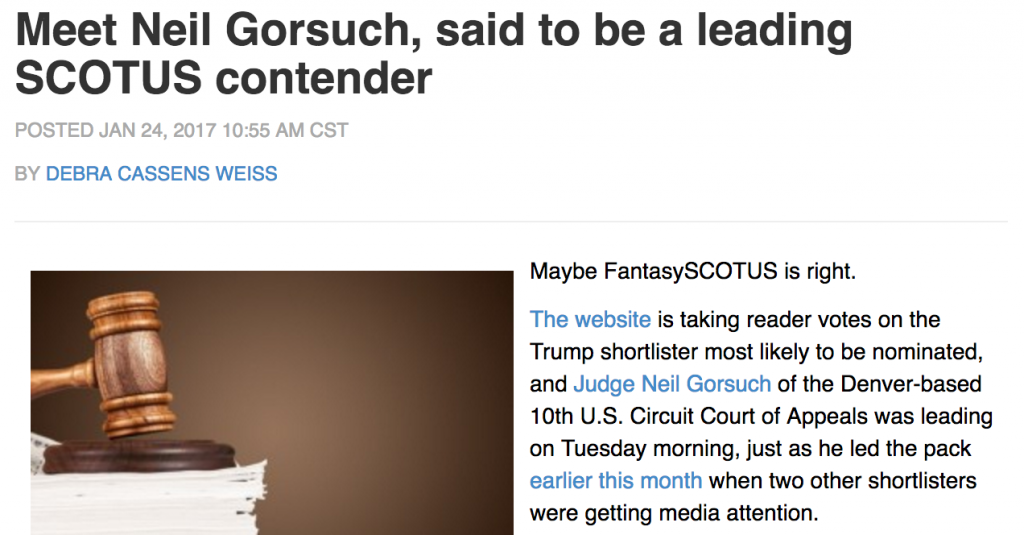On Tuesday, one of my students asked me about the recently-filed Emoluments Clause challenge. I explained that in my opinion, the plaintiff suffered no injury, and thus had no standing. The student asked in response how Professors Tribe and Chemerinsky could possibly join a case with no merit. I paused for a moment, and replied that they’ve both supported cases in the past that were unsuccessful. That answer satisfied the student, but it left another though on my mind. When legal giants like Tribe or Chemerinsky–the people who write your ConLaw book–join a complaint, it provides the case with a gravitas that (with all due respect to the rising SCOTUS star) Deepak Gupta lacks. Indeed, this is the sort of academic responsibility that is utterly lacking when hundreds of law professors sign a letter opposing the Attorney General nominee that they had no role in drafting.
With that background, I link to an article by Kimberly Robinson, which reports on an American Constitution Society’s conference call about the case with Larry Tribe, and his co-author Joshua Matz. During the call, Tribe took exception to my argument that under Baker v. Carr, the case presented a non-justiciable political question.
Earlier this week, I wrote:
Putting aside the question of standing, a serious justiciability hurdle is whether this is a political question. (No court has ever addressed this Clause). The foreign emoluments clause specifically references Congress:
No Title of Nobility shall be granted by the United States: And no Person holding any Office of Profit or Trust under them, shall, without the Consent of the Congress, accept of any present, Emolument, Office, or Title, of any kind whatever, from any King, Prince, or foreign State.
Under Baker v. Carr (if those factors even matter any more), there is a “textually demonstrable constitutional commitment of the issue to a coordinate political department.”
It is apparent that several formulations which vary slightly according to the settings in which the questions arise may describe a political question, although each has one or more elements which identify it as essentially a function of the separation of powers. Prominent on the surface of any case held to involve a political question is found a textually demonstrable constitutional commitment of the issue to a coordinate political department; or a lack of judicially discoverable and manageable standards for resolving it; or the impossibility of deciding without an initial policy determination of a kind clearly for nonjudicial discretion; or the impossibility of a court’s undertaking independent resolution without expressing lack of the respect due coordinate branches of government; or an unusual need for unquestioning adherence to a political decision already made; or the potentiality of embarrassment from multifarious pronouncements by various departments on one question.
There is every reason for the courts to stay away from this issue.
Robinson reported:
Therefore, the emoluments question is one committed to Congress alone, Blackman suggests.
That argument is just “linguistic sleight of hand,” Tribe said.
The clause allows Congress to consent to the emolument, but says nothing about whether the clause itself has been violated, Tribe said.
Yet, Tribe backs off the argument:
He acknowledged that a few decades ago, Blackman might have been correct that the political question doctrine would bar the suit.
But the doctrine has been “profoundly transformed,” Tribe said.
He pointed to the Supreme Court decision in Zivotofsky v. Clinton, 566 U.S. 189 (2016) [Sic – should be 2012]
Justice Kennedy’s opinion in Zivotofsky v. Clinton (not to be confused with the repeater Zivotofsky v. Kerry) does indeed discuss Baker v. Carr, but it is unhelpful to CREW. The 2012 case concerned whether the Court could consider the constitutionality of a statute that required the Secretary of State to amend passports for those born in Jerusalem to state that their place of birth was Israel. In Zivotofsky v. Clinton, the Court held the case was justiciable, notwithstanding Baker. Justice Kennedy explains:
The Secretary contends that “there is `a textually demonstrable constitutional commitment'” to the President of the sole power to recognize foreign sovereigns and, as a corollary, to determine whether an American born in Jerusalem may choose to have Israel listed as his place of birth on his passport. Nixon, 506 U.S., at 228, 113 S.Ct. 732 (quoting Baker, 369 U.S., at 217, 82 S.Ct. 691); see Brief for Respondent 49-50. Perhaps. But there is, of course, no exclusive commitment to the Executive of the power to determine the constitutionality of a statute. The Judicial Branch appropriately exercises that authority, including in a case such as this, where the question is whether Congress or the Executive is “aggrandizing its power at the expense of another branch.”
In other words, the question at issue here was whether the Court had the power to determine the constitutionality of the passport law, notwithstanding the Constitution’s “textual” commitment to the President over recognition. (As the Chief Justice ably pointed out in Kerry, this textual commitment is indeed somewhat lacking–hence the “Perhaps” rejoinder). Thus, in the context of the separation of powers, the Court is able to determine if the Executive is “aggrandizing its power at the expense of another branch.” Furthermore, with respect to the Baker v. Carr factors, this case had a “judicially discoverable and manageable standards for resolving” the dispute–namely, order the Secretary of State to modify Zivotofsky’s passport.
Justice Sotomayor elaborated on this point in her concurring opinion:
To decide that question, a court must determine whether the statute is constitutional, and 1435*1435therefore mandates the Secretary of State to issue petitioner’s desired passport, or unconstitutional, in which case his suit is at an end. Resolution of that issue is not one “textually committed” to another branch; to the contrary, it is committed to this one. In no fashion does the question require a court to review the wisdom of the President’s policy toward Jerusalem or any other decision committed to the discretion of a coordinate department.
The CREW case presents very different concerns. The Court would not be exercising a familiar function–is a statute contrary to the separation of powers–but instead determining (for the first time ever!) how the President can manage his business affairs. More to the point, because the Constitution specifically states that Congress can resolve this issue, under Baker (a case whose factors I noted are nebulous at best), the Court should take a signal to stay out.
Justice Sotomayor’s opinion is also helpful here:
When a case would require a court to decide an issue whose resolution is textually committed to a coordinate political department, as envisioned by Baker‘s first factor, abstention is warranted because the court lacks authority to resolve that issue. See, e.g., Nixon v. United States,506 U.S. 224, 229, 113 S.Ct. 732, 122 L.Ed.2d 1 (1993) (holding nonjusticiable the Senate’s impeachment procedures in light of Article I’s commitment to the Senate of the “`sole Power to try all Impeachments'”); see also Marbury v. Madison, 1 Cranch 137, 165-166, 2 L.Ed. 60 (1803) (“By the constitution of the United States, the president 1432*1432 is invested with certain important political powers, in the exercise of which he is to use his own discretion, and is accountable only to his country in his political character, and to his own conscience”). In such cases, the Constitution itself requires that another branch resolve the question presented.
I freely concede that we do not have here a commitment as clear as the impeachment power, which has the word “sole.” There is no doubt whatsoever that courts have no role to play in the impeachment process. But Baker does not require such an express delegation. Rather it only asks for a “textually demonstrable constitutional commitment.” The text of the emolument clause demonstrates that Congress has a commitment to resolve these issues.
No Title of Nobility shall be granted by the United States: And no Person holding any Office of Profit or Trust under them, shall, without the Consent of the Congress, accept of any present, Emolument, Office, or Title, of any kind whatever, from any King, Prince, or foreign State.
Going back to Tribe’s point about a shift in the caselaw, there is another doctrine that has been “profoundly transformed” Standing. Since Havens Realty was decided, the Court has issued decisions in Clapper and Spokeo that are entirely incompatible with Justice Brennan’s 1982 opinion. For reasons I discuss here, that is a primary obstacle from CREW. I heard from several reporters (one who was texting me during the call) that Tribe rebutted my post contending that CREW’s injury was self-inflicted. Tribe’s response was that there is Second Circuit precedent to the contrary. (Mike Dorf made a similar argument). I will address those arguments, probably next week (a lot to catch up on ).
